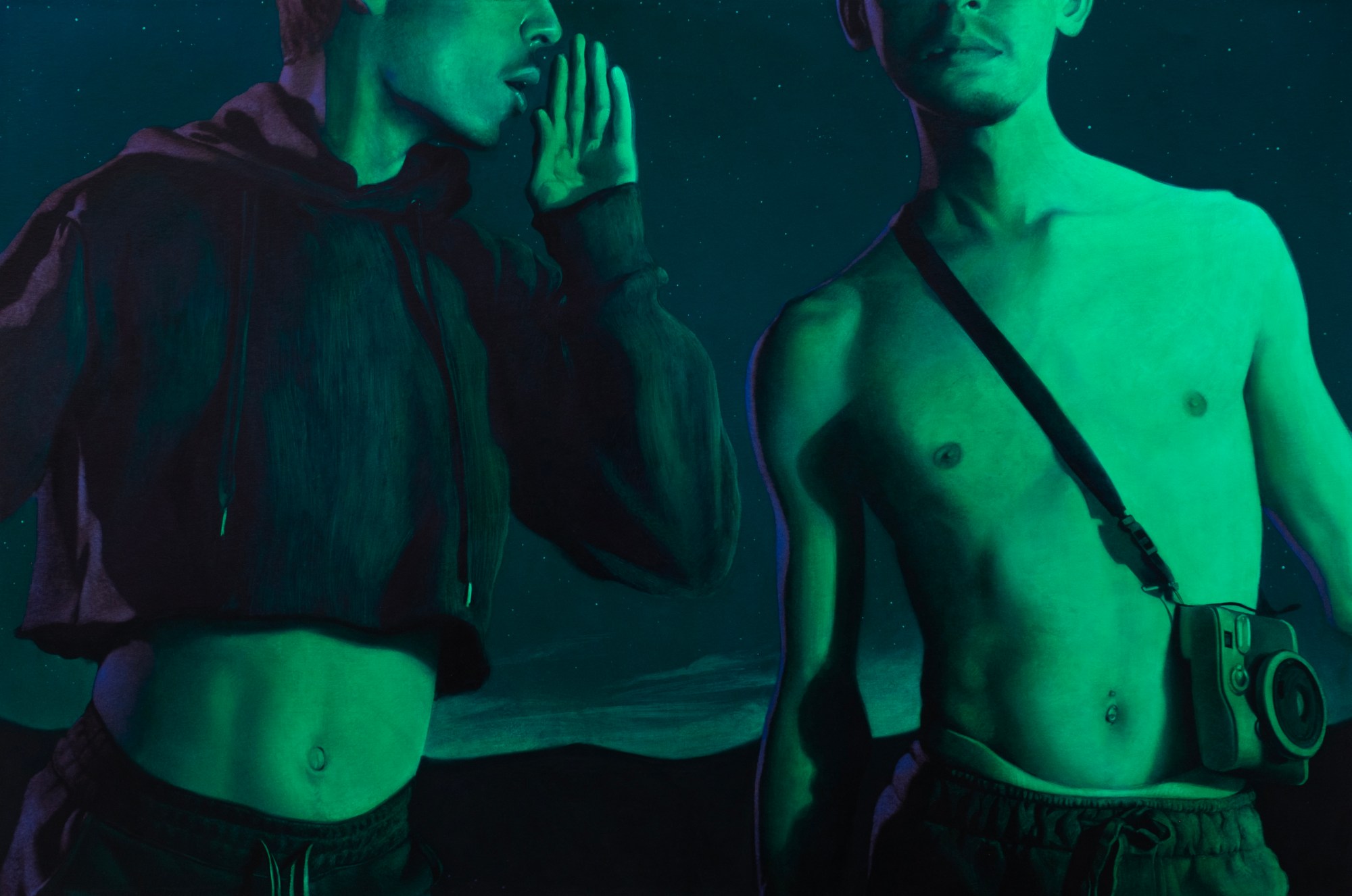The fact that Art Basel Miami Beach falls so close to the festive period feels fitting; not only for the balmy escape it offers art world emissaries from frosty London, New York, Zürich et al, but for the fact that the annual art fair – easily the most prestigious in the Americas – is basically the art world’s answer to Christmas and New Year combined; a pinnacle in the industry calendar, with all the lavishness, excess and revelry that entails.
Indeed, that’s one of the things that makes the Floridian fair unique, at least in terms of its external reputation — it’s almost as well known for the bombastic parties and ritzy brand activations that take place as the art on show. But that is, in and of itself, telling of the fact that the panoply of works installed across the 277 gallery booths that fill the cavernous Miami Beach Convention Centre are well worth celebrating.
While Art Basel Miami Beach’s remit is decidedly global, one of its distinguishing features among the global fair circuit is its reputation as a portal of discovery for galleries and artists hailing from across the Western Hemisphere. Booths by titanic blue chip galleries in New York and LA, Mexico City and Miami are a given – and indeed well worth checking out – but from our perspective, some of the most exciting work on show at the fair is to be found in Positions, a sector of the fair dedicated to young galleries staging ambitious solo booths.
This year, Positions is home to 16 bold presentations by galleries hailing from cities including Buenos Aires, Warsaw, São Paulo and The Hague — nine of whom are making their Art Basel Miami Beach debut. Below, we speak to the artists behind five of this year’s must-see Positions exhibitions, exploring themes as varied as daily life in Rio’s favelas and how the history of monstrosity has shaped the world as we know it.

Devin N. Morris, Deli Gallery, New York, Booth P1
Could you briefly introduce your practice?
My practice is primarily based in college, or rather collage as a theory; utilise what you have to make what you need. My interests span identity in relation to domesticity, social architectures of community, and memory. My work aims to challenge the tropes of American domestic prosperity which often elude Black people. Through the exploration of racial and sexual identity in mixed media paintings and sculpture composed of found objects, I subvert these tropes.
Tell us about the work you’re presenting at Art Basel Miami Beach.
I am presenting an array of paintings that range in dimensionalities, one standing on its own supported by entryway doors and the other has three-dimensional elements. In these works alongside two drawings supported by found wood frames, I weave together themes of memory and mourning, nurturing and rebirth. Humour is interspersed throughout, shared through my “Shard Assemblage” sculptures which utilise found hair weaves, credit cards, wire hangers, Black & Mild tips, Legos, toys, and many more materials to fashion haphazard birds at various stages of rest, flight and in some cases, death.
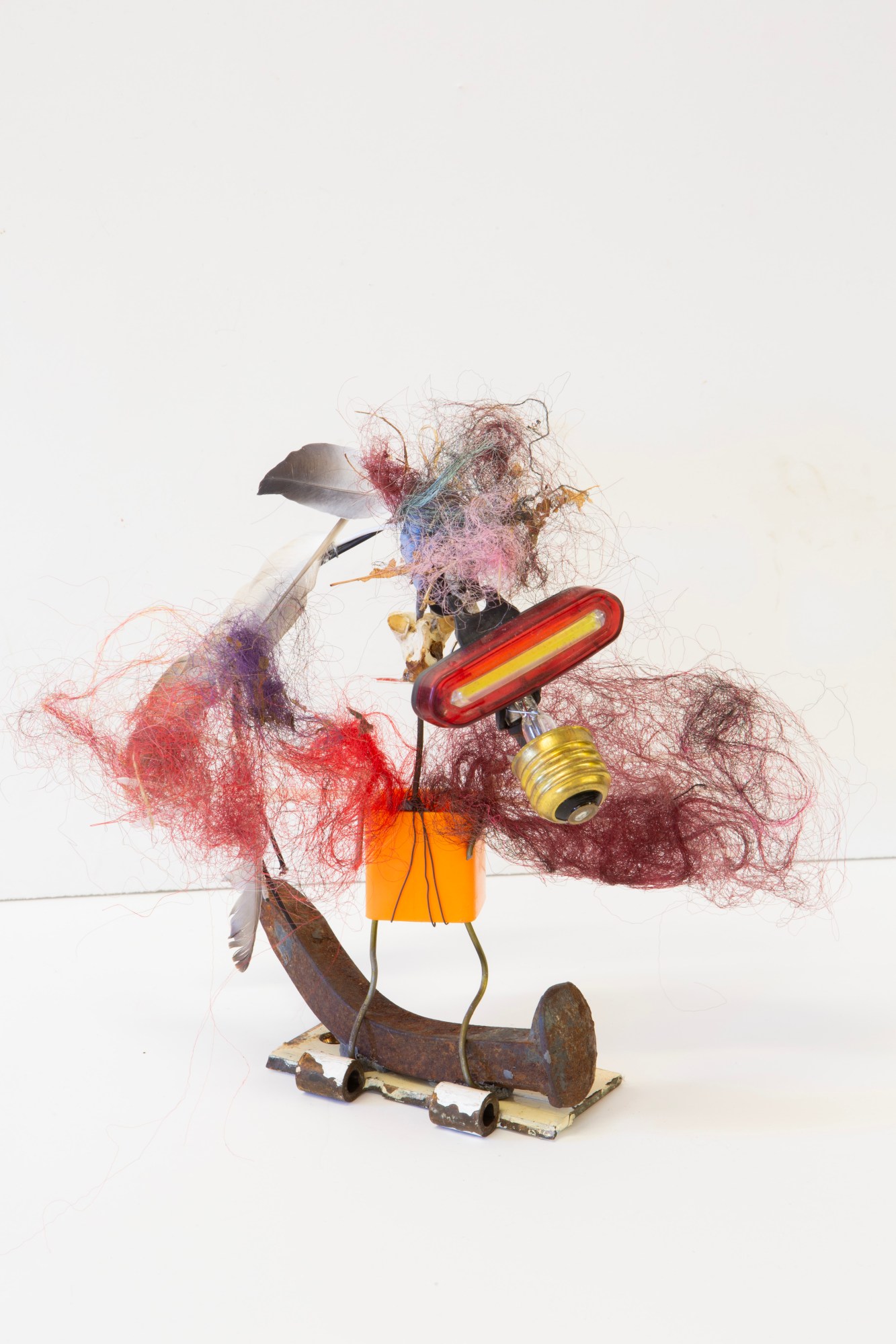
What do you hope people will be drawn to in the work?
I hope attendees feel a culmination of emotions that could only be erected through a shared experience of objects, beauty and time. I pray that what occurs once viewing the space is something akin to emotional combustion. A feeling that is lived and understood but hard to express.
How can people discover more of your work?
My work is currently on view in a few exhibitions; “And Ever An Edge” at MoMA Ps1, “Copy Machine Manifestos” at the Brooklyn Museum, “Multiplicity; Blackness in Contemporary American Collage” at The Frist Museum, “Portrait of an Unlikely Space” at Yale Art Gallery, and “In Kindred Worlds” at the Hudson River Museum.
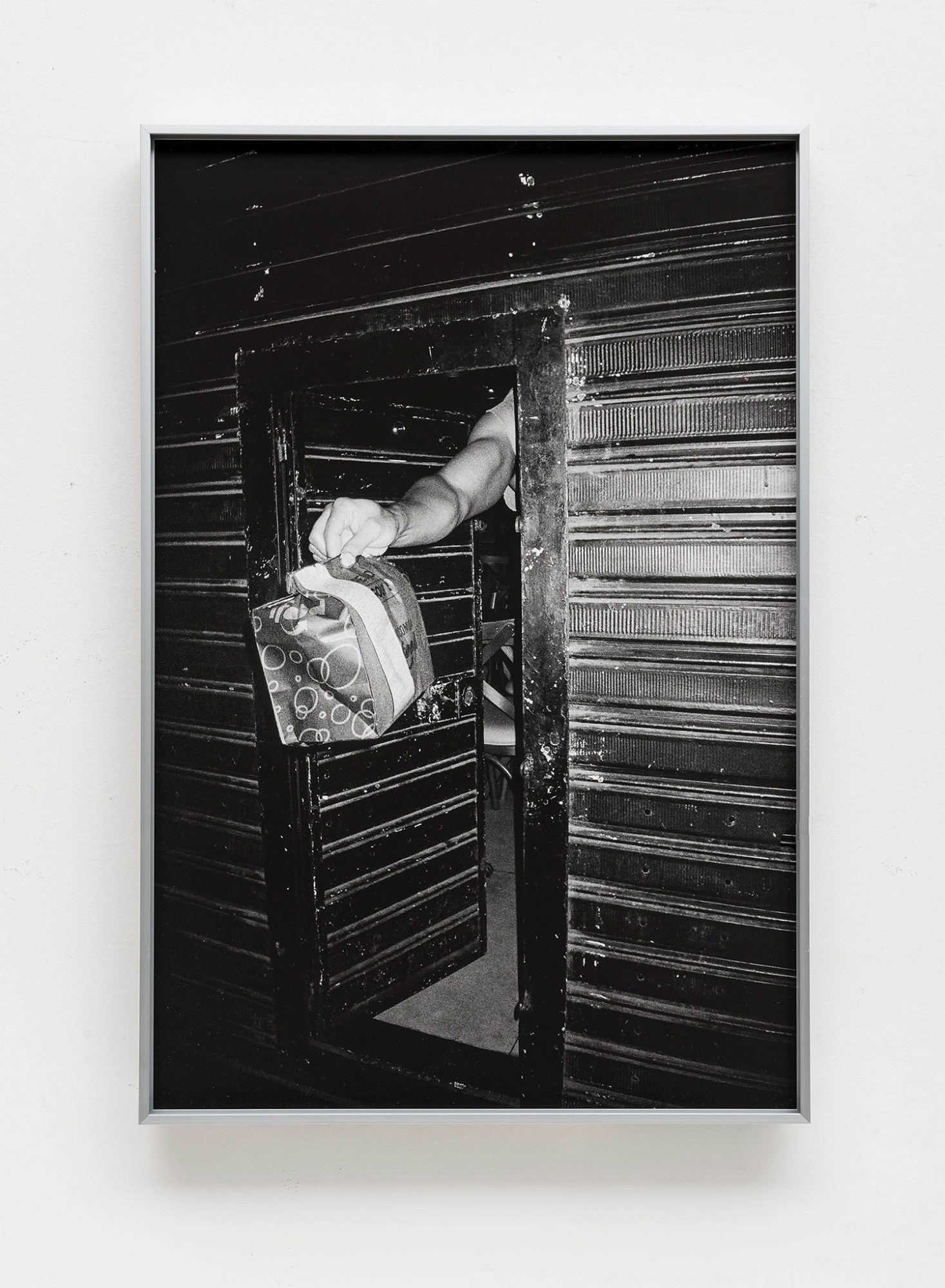
Allan Weber, Galatea, São Paulo, Booth P12
Could you briefly introduce your practice?
My artistic practice arises from my daily life: from the place I live, from my relationship with the materials we use in the favelas — whether for our survival or to have fun, like baile funk. I also to seek to deconstruct objects typically associated with drug trafficking with a view to creating new objects and installations, and new meanings and perspective.
Tell us about the work you’re presenting at Art Basel Miami Beach.
I had an opportunity to present a solo stand where I’m showing some previous series, including Tamo junto não é gorjeta, which is a series I created based on my previous experience as a food delivery rider, recording my work throughout the Covid-19 pandemic in Brazil. I’m also showing the series Traficando arte and Dia de baile. These two series sit very close to one another — in both, I deconstruct codes that are part of Rio’s geopolitics and create new meanings for objects associated with them in a peculiar way. This was also a way for me to communicate and bring art to people in the communities I live, trying to create ways for them to identify with it.

What attracts you to your chosen subject matter?
It’s really a matter of considering the way I saw things before I started working as an artist. It made me realise that everything can be deconstructed and be imbued with new meaning; that kids from the place I live can have access to other types of references – not just drug trafficking, but contemporary art, music and football.
Are there any other booths you’re excited to see at the fair?
It’s my first time leaving Brazil, so I’m just very excited to take in everything Art Basel Miami Beach has to offer and discover new artists.
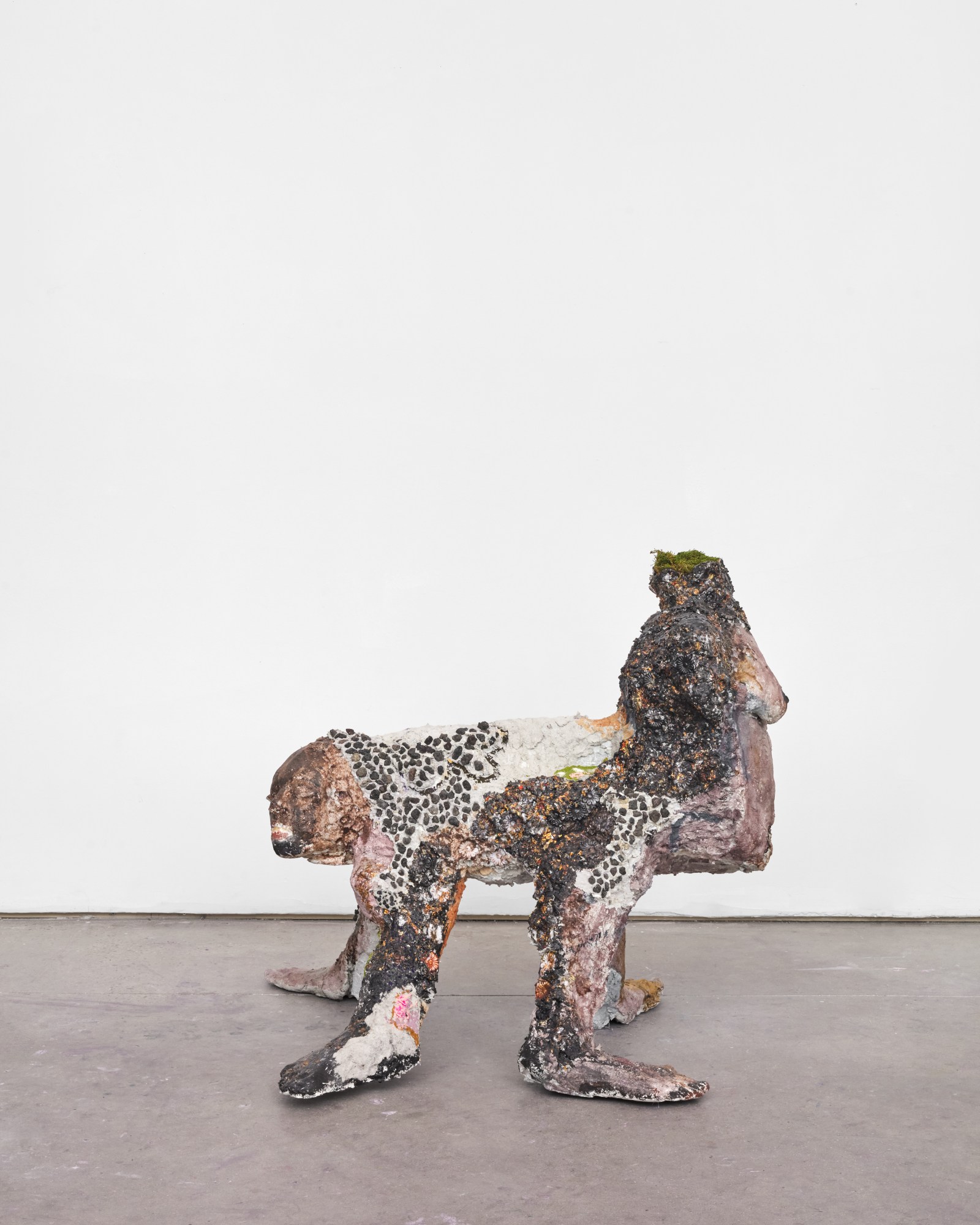
Nickola Pottinger, Mrs., Maspeth, NY, Booth P13
Could you briefly introduce your practice?
I make wall reliefs and sculptures from documents and archives foraged from my family home. Upcycling these materials into paper pulp has been a way for me to instil legacy and belonging in my practice. The forms and creatures I create from this paper pulp hold space in time; past, present and future.
Tell us about the work you’re presenting at Art Basel Miami Beach.
The works that I am presenting for Miami meditate on my childhood family home and are prerequisites for my upcoming show with Mrs. in New York, this January. For much of my childhood, I spent my summers staying with relatives in Jamaica and Miami. It feels like kismet to introduce this body of work in Miami, almost a warm-up of what’s to come in the next year. The work is intimate and inhabits a home’s interior, replicating a living room coming alive with inanimate objects and creatures.
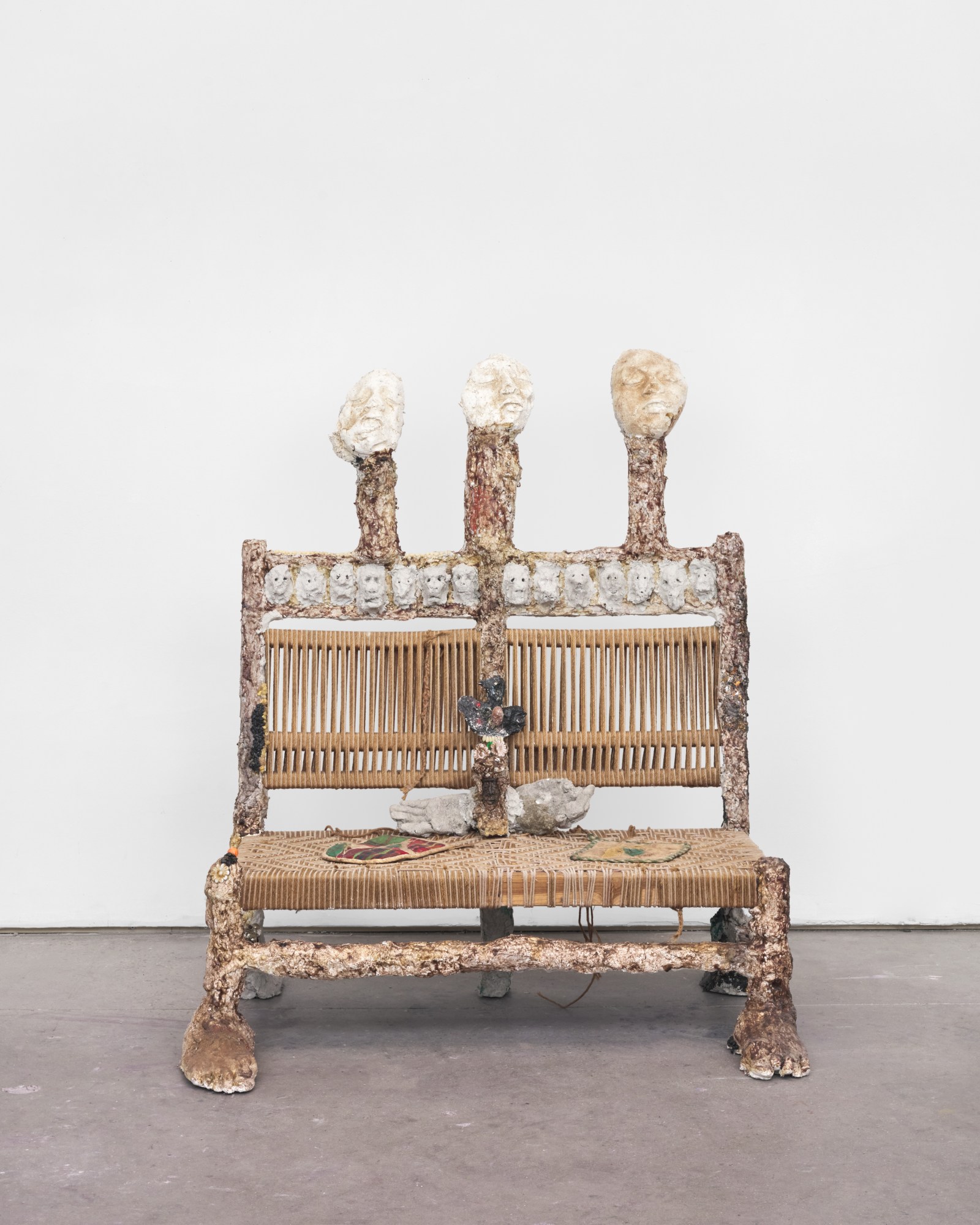
What do you hope fair attendees will be drawn to in the work?
I want people to be curious about the origins of the work and the stories behind the sculptures and their materials. I hope the freshness of this body of work is as exciting to viewers as it is to me; I want my work to conjure magic.
Are there any other booths you’re excited to see at the fair?
I’m looking forward to seeing Ja’tovia Gary’s work with Paula Cooper, Erick N. Mack’s work, Daniel Lind Ramos with the Ranch, Devin N. Morris’ work with Deli Gallery, and Erin Jane Nelson with DOCUMENT.
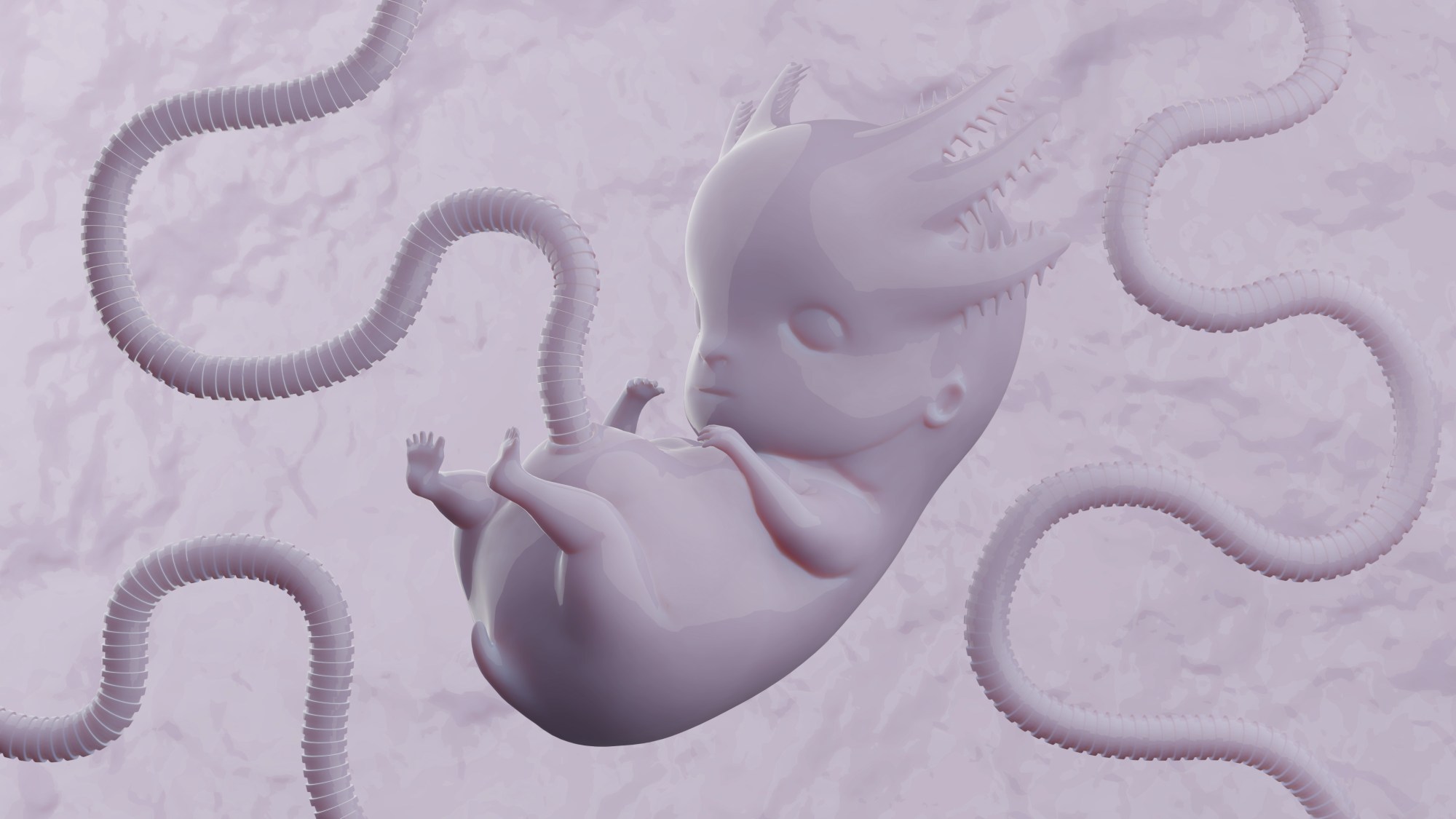
Andrew Roberts, Pequod Co., Mexico City, Booth P4
Could you briefly introduce your practice?
I’ve always been drawn to the physical manifestation of fictions and their insidious agency on matter through language and images. I see my practice not only as working with CGI films, sculptures and poetry, but rather as those things originating from a larger frame of work that comprises gameplay, roleplay and worldbuilding. I like to toy with the absurd idea of these three mechanisms as ready-mades, that once transformed reveal how the means of belonging within popular culture have become indistinguishable between consumption and production.
The history of monstrosity fascinates me. How ghouls and ghosts as colonial instruments have found their way from medieval stories and engravings to today’s films and media is a genealogy I trace in my work. I’m just really trying to comprehend how fictions shape reality, and reverse engineer that process to create other narratives through a ludic way. In a sense, I consider myself more of an image engineer that messes with video game engines and makes them do things they are not supposed to do.
Tell us about the work you’re presenting at Art Basel Miami Beach.
I’m presenting “Protean Haunted Matter”, a multi-channel digital animation, alongside new sculptures. In the film, a group of hybrid viscous creatures in a fetal stage find themselves mutating through viral and bacterial agents rather than traditionally evolving. The work is narrated through a series of poems, in which silicone — the material of what these monsters are made of— becomes aware of its own ghostly presence. There are two overlapping narratives in PHM. At first, it deals with how non-human beings play in synchrony with each other reshaping the idea of monstrosity, just to then reveal itself as an artificial device concerned with the way meta-modernism operates.
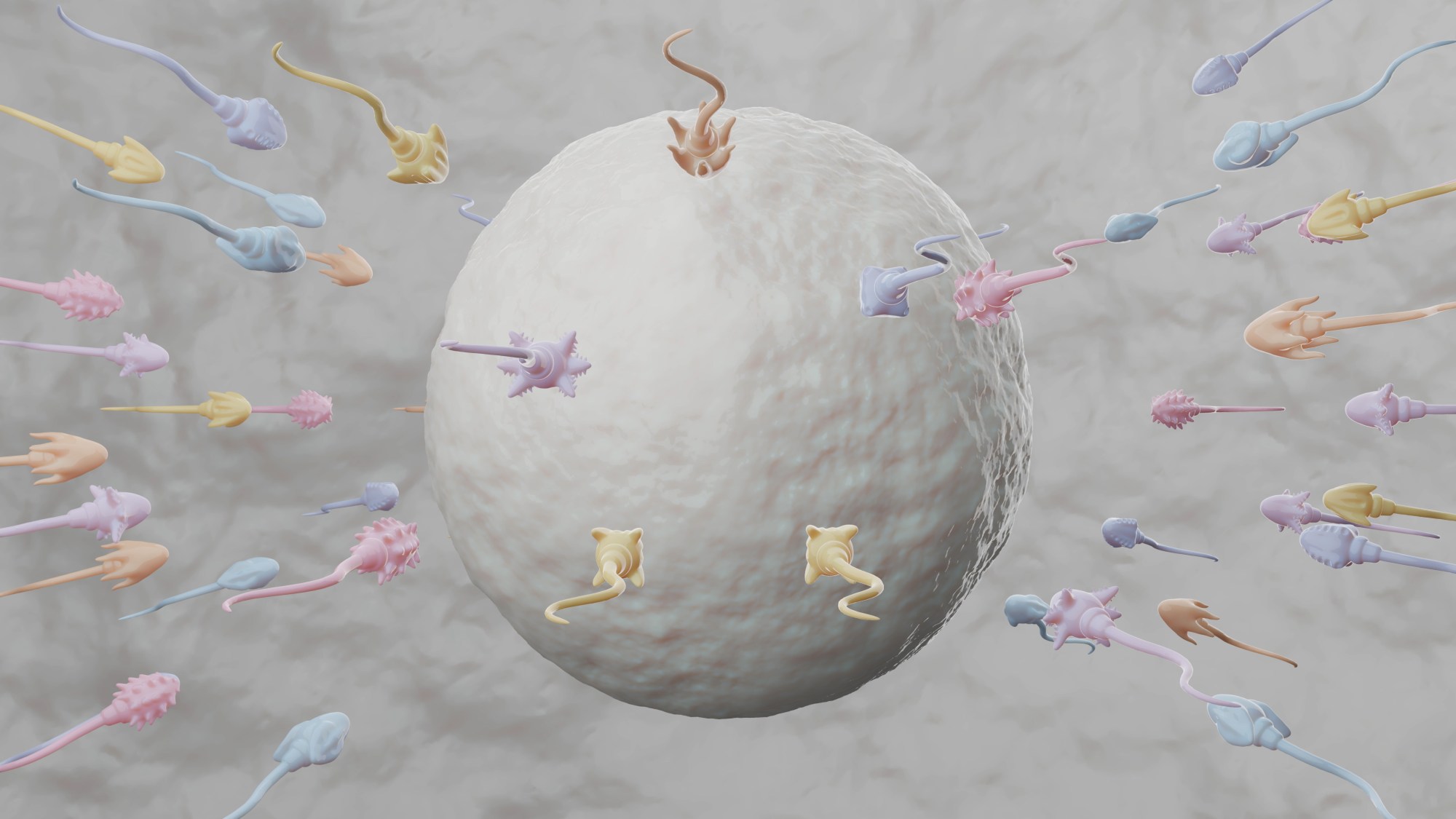
What attracts you to your chosen subject matter?
I grew up between Mexico and the USA, crossing almost weekly the Tijuana / San Ysidro border. That landscape was dominated by two apparently opposing forces that were in reality part of the same necro-economic system: organised crime cartels and the US military or border patrol forces. I became aware of how representational systems worked through the portrait of both sides in the media, from news to videogames, and that in no way images are innocent. At the same time there’s a great but largely unexplored tradition of horror and science fiction in Latin American literature, film and folklore that deals with living in a state of violence through the figures of monsters and ghosts. A sort of spectral realism we could call it. I’m just expanding on it in order to think alongside those authors.
Are there any other artists/galleries you’re excited to see at the fair?
I have a huge crush on the work of some artists I follow online. Aria Dean is presenting new sculptural work with Château Shatto, and can’t wait to see what Özgür Kar does with Emalin.
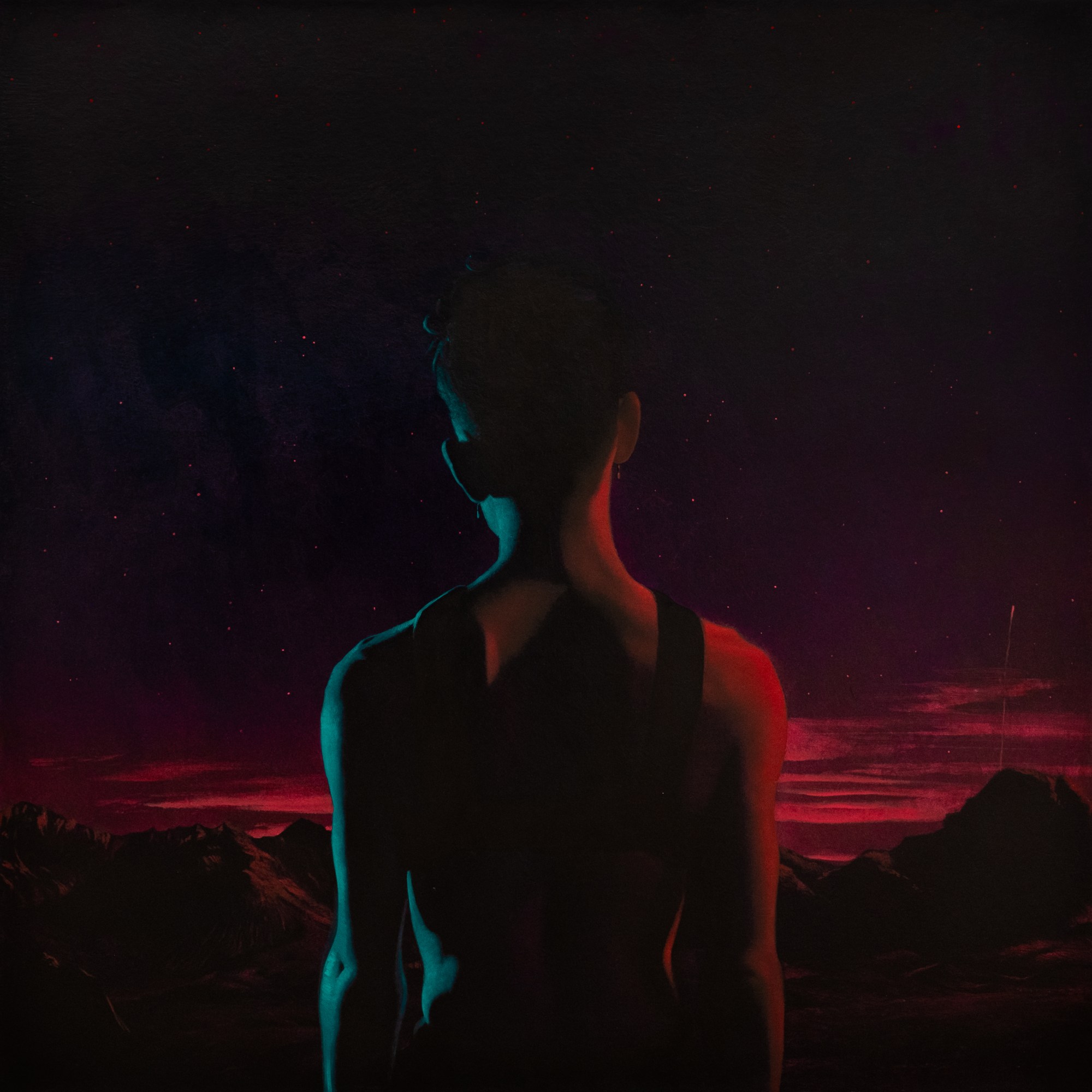
Esaí Alfredo, Spinello Projects, Miami, Booth P15
Could you briefly introduce your practice?
My practice is primarily made with oil paint. My process of creating images is very meticulous and consists of photography, digital art, and traditional painting, both gouache and oil. Printmaking has also played an important role in the creation of an image, especially for studying light and shadow. To sum up, I use photography to take reference images, whether they are models, myself, landscapes, or interiors. Digital art makes it easier for me to create a composition that is fairly faithful to the final painting. Lastly, printmaking and gouache help me figure out what’s important to me, such as colour and lighting. Because of this lengthy process, the final piece is all about applying all this information on a larger scale, while still leaving a little room for experimentation.
Tell us about the works you’re presenting at Art Basel Miami Beach. What are its main preoccupations?
They’re part of my ongoing series entitled Mundo Nocturno/Nocturnal World, which I started in 2019. The subject matter is the night, which unifies all the pieces, although they cover different themes. This body of work emphasises the natural landscape of my home country Puerto Rico and the night sky, it celebrates queer friendship and romance and is a love letter to some of the films that have inspired me to make art. Each image is a snapshot of a story unfolding as if you were pausing a movie. These can be the before, after, or the now of a major event. I also share my concerns related to being a gay guy, coming from a country that is still a colony in the Caribbean, and the uncertainty about the future of the natural environment. Through the use of colour, light and shadow, I combine all of these themes into individual images, where some stand out more than others.
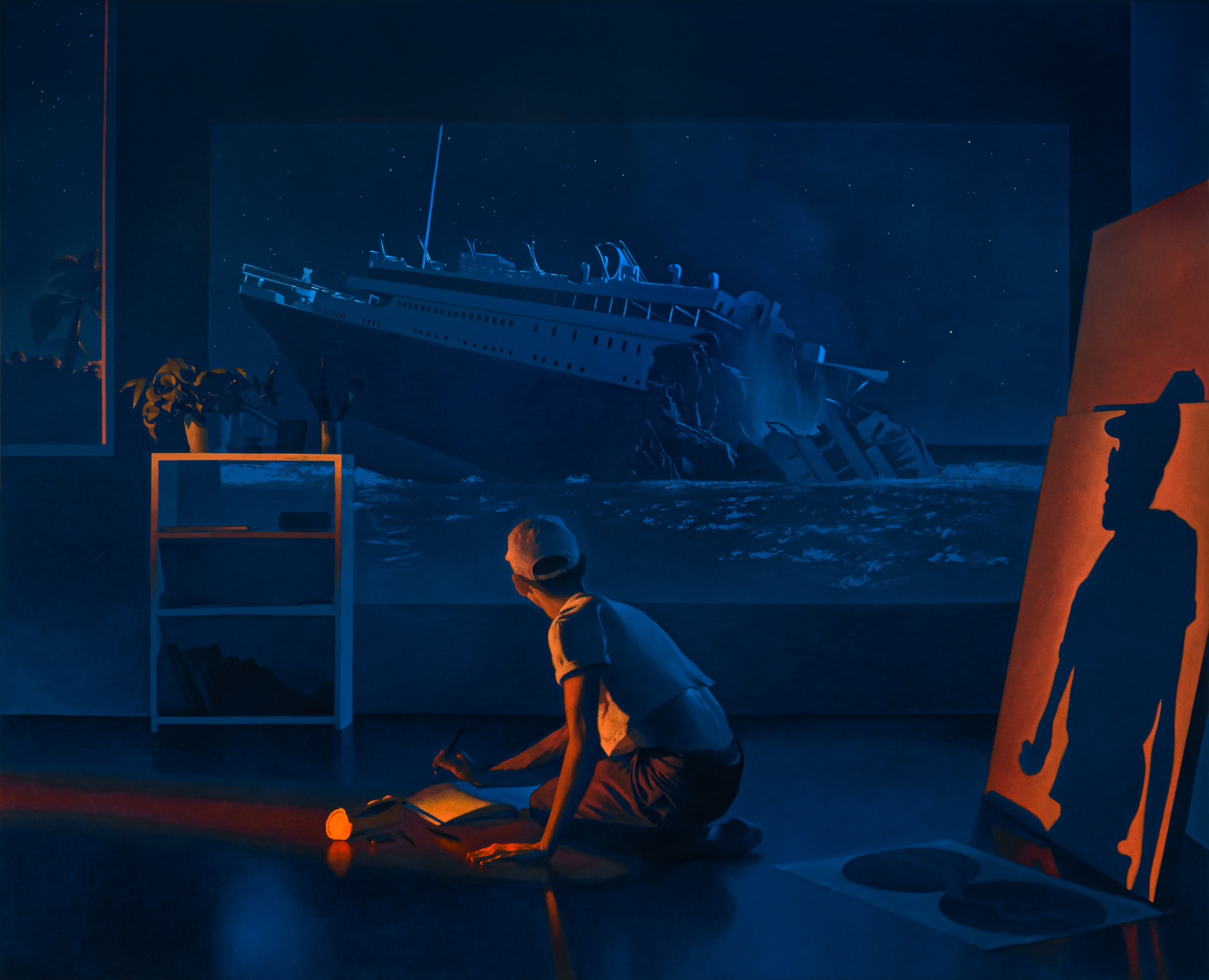
What attracts you to your chosen subject matter?
What attracts me to my subject matter – the night – is the versatility of capturing different emotions and moods at the same time. In my painting “La Ciudad Carmesí / The Crimson City”, inspired by the famous shot of the Emerald City at the end of the yellow brick road from the movie The Wizard of Oz (1939), I wanted to capture the feeling of wonder with the glow of the city’s red colour on the horizon and the vast starry sky in the background. At the same time, the fear of the darkness of the desert, too, reflected in the figures clinging together before the road to the unknown.
“Amanecer/Dawn” is a self-portrait that represents the awakening of my interest in creating art. The painting is primarily a nighttime image, but to the left, a small ray of morning light breaks through, as I, the model in the middle, am watching the sinking sequence from the movie Titanic (1997). The film struck me as a kid, especially because of the visuals of an event unfolding in the vast ocean against the backdrop of the horizon and the clear starry night. The paintings, such as “El Secreto / The Secret” and “Dime Lo Que Viste / Tell What You Saw”, are a representation of the mysterious aspect of the night, which further enhances the narrative of the paintings. The characters whisper things to each other, they notice mysterious lights in the sky or distant sounds. This is why the night is a theme I want to continue to touch on for much longer, to explore its possibilities and to connect paintings with each other.
What do you hope fair attendees will be drawn to in the work?
I think what will attract Art Basel Miami Beach attendees to my work is the use of colour. Because nighttime has so many sources of illumination — whether natural such as the moon, or artificial such as billboards, traffic lights, and lamp posts — this gives me the freedom to play with a variety of colours. Applying colour theory, I carefully choose the appropriate chroma for each painting depending on the overall narrative or emotion I want to capture. However, at the end of the day, I like to let the viewer make their own interpretation of it and create their own story.
Credits
All images courtesy of the artists and galleries
